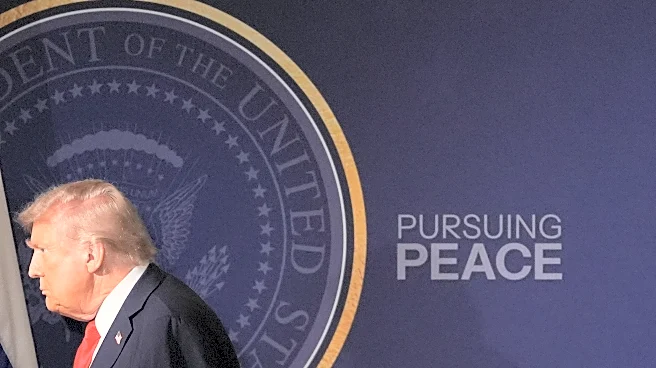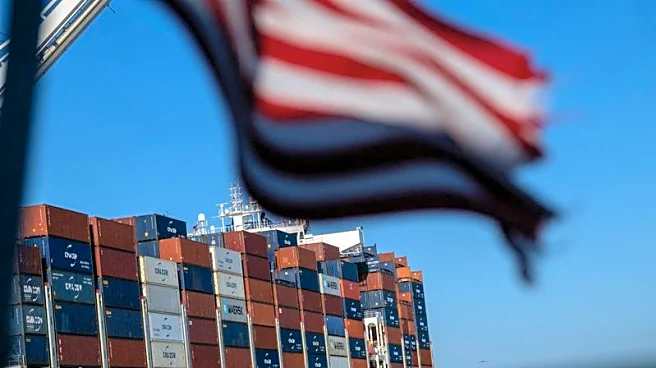What is the story about?
What's Happening?
In 2026, President Trump's new tax and spending law will offer increased financial relief for parents burdened by child care expenses. The law permanently raises the annual pre-tax contribution limit for dependent care flexible spending accounts (DCFSAs) to $7,500 for married, joint filers, up from $5,000. Additionally, the child dependent care tax credit (CDCT) has been expanded, allowing up to 50% of a maximum of $3,000 of qualifying expenses reimbursable for one child, and a $6,000 maximum for two or more children. This change increases the maximum tax credit for one child to $1,500 from $1,050. These provisions aim to provide significant tax savings for families, although the benefits depend on individual circumstances such as income level and filing status.
Why It's Important?
The changes in the tax law are significant for U.S. families struggling with high child care costs. By increasing the DCFSA contribution limit and expanding the CDCT, the law provides more options for tax savings, potentially reducing the financial burden on parents. This could lead to increased disposable income for families, allowing them to allocate funds to other essential needs. Employers may also benefit from offering enhanced DCFSAs, attracting and retaining employees who value these benefits. However, the effectiveness of these provisions depends on employer participation and individual tax situations.
What's Next?
Employers must decide whether to offer the increased DCFSA limit, as they are not required to do so. They have until December 31, 2025, to amend their plans to accommodate the new limit. Families will need to assess their eligibility and the potential benefits of using DCFSAs versus the CDCT. As the law takes effect, tax professionals and financial advisors will likely play a crucial role in helping families navigate these options to maximize their tax savings.
AI Generated Content
Do you find this article useful?













